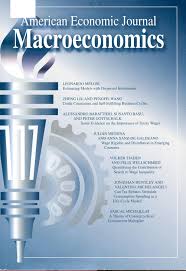
Understanding the Great Recession
We argue that the vast bulk of movements in aggregate real economic activity during the Great Recession were due to financial frictions. We reach this conclusion by looking through the lens of an estimated New Keynesian model in which firms face moderate degrees of price rigidities, no nominal rigidities in wages, and a binding zero lower bound constraint on the nominal interest rate. Our model does a good job of accounting for the joint behavior of labor and goods markets, as well as inflation, during the Great Recession. According to the model the observed fall in total factor productivity and the rise in the cost of working capital played critical roles in accounting for the small drop in inflation that occurred during the Great Recession.





